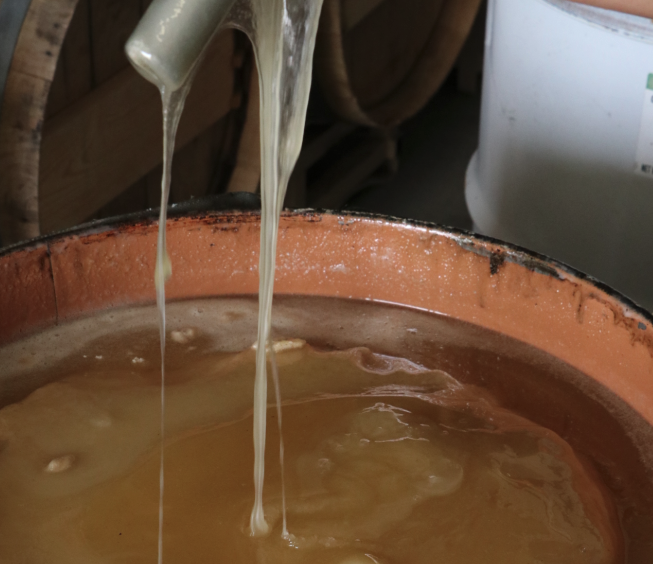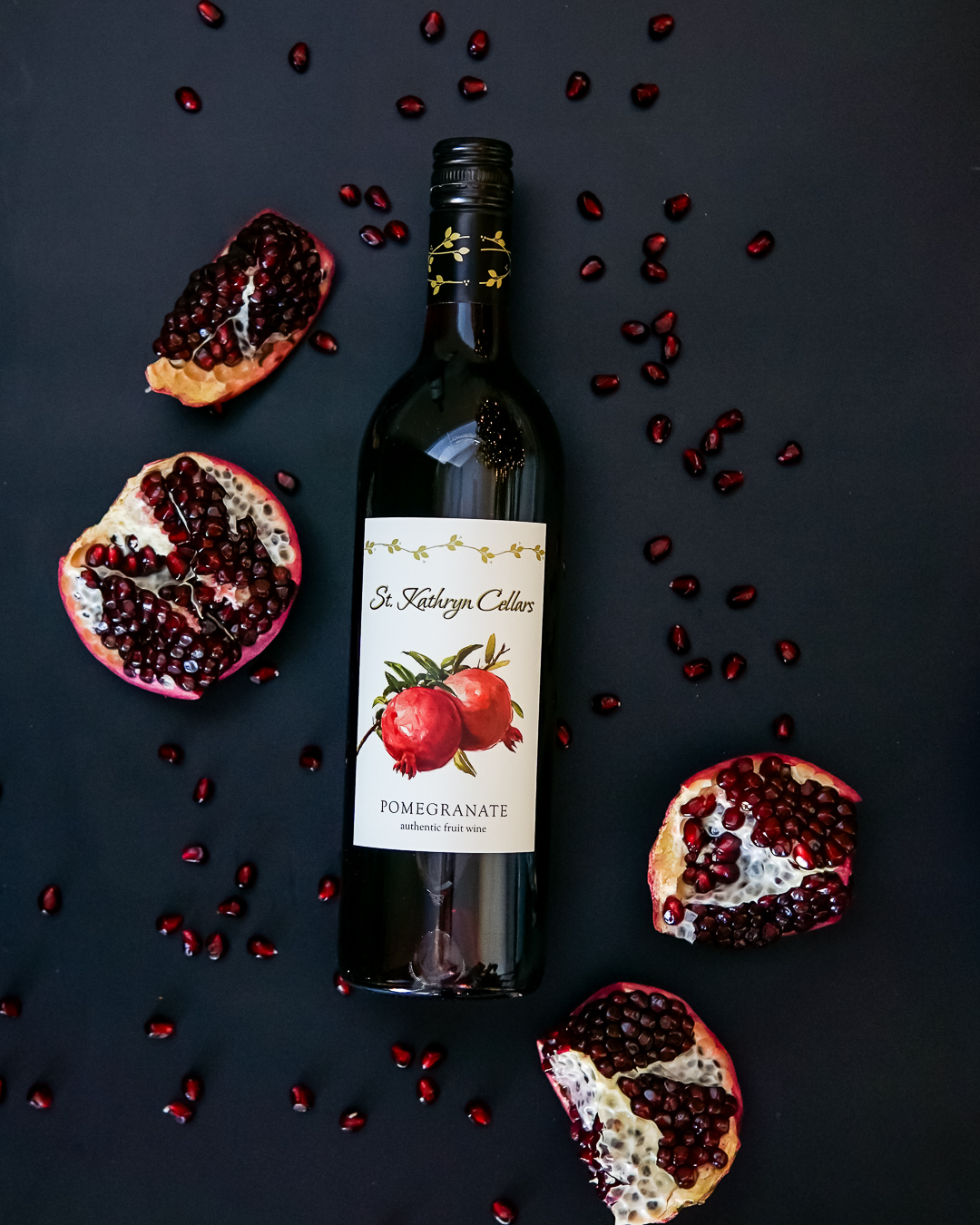All About Mead
Mead is one of the most delicious, wonderful things you will ever experience. But what exactly is mead, you ask? Many are familiar with the word, and know that it is a type of alcoholic beverage, one that brings to mind the Medieval and Renaissance ages…but that’s about it.
What is Mead?
Visitors to wineries often ask, “What is mead?” Mead is basically honey wine: water and honey are fermented together by yeast, and one can add spices, grains, hops, or fruit. The result is a beverage that is somewhere between wine and beer. Mead tends to be stronger than beer, usually having an ABV of 5-20%. One of the world’s oldest liquors, the consumption of mead dates back more than 4,000 years ago, and was common the world over: Asia, Europe, Africa and Central America all had variations of mead. It was a beverage enjoyed by all classes, from peasants, to merchants, to royalty. Interest in mead declined over the last few centuries, but is now finding popularity once again in the 21st century.
The Resurgence of Mead
It’s no secret that craft beers and breweries continue to enjoy enormous growth and popularity, but mead is enjoying a moment as well. Twenty years ago, mead was viewed as nothing more than a niche beverage, with just a few dozen meaderies in the US. Fast forward to the present, and there are now more than 500 US meaderies, and counting. From 2011 to 2014 alone, US mead sales exploded by 130%, according to the American Mead Maker’s Association. Such a statistic deserves a toast! And you know what to pour for this toast.

Types of Mead
There are several dozen types of meads, but generally speaking mead is divided into two categories: unflavored and flavored. Unflavored is mead at its most basic ingredients: honey, water, and yeast. And unflavored mead yields three distinct flavor types: sweet mead, dry mead, and semi-sweet or semi-dry mead.
Flavored mead is made with additional ingredients, and each type of ingredient added comes with a unique name. Melomel is made with fruits. Metheglin is made with herbs and spices. And braggot is mead mixed with beer. Just as with craft beers, one can get very creative when it comes to brewing mead.
What Does Mead Taste Like?
The most basic answer is that mead tastes somewhat like sherry, with a noticeable honey taste. But the truth is that all mead does not taste the same. In fact, there are many varied tastes of even unflavored mead. This stems from the fact that the type of honey used can greatly affect how mead will taste. This in turn is rooted in the environment, and diet of the honeybees being used to produce the honey. Traditionally, clover, acacia, and orange blossom honey types are used to make mead. But one can also use wildflower, buckberry and blackberry honeys to produce distinct tasting meads. And of course, additional ingredients such as spices, fruits, and hops can alter the mead to range from sweet, to sparkling, to dry.
How To Brew Mead
For anyone who wants to brew their own mead, it’s important to note that there’s not really a “right” taste to end with. Since each type of honey is different, and ingredients added vary, it’s more of an art form you create. But how to brew mead, you ask?
Techniques and tools vary from person to person and meadery to meadery, but here is the general process. You’ll need Grade A honey, purified water, and yeast, of course. All equipment used – a large pot for boiling, glass carboys (large bottles), and thermometer – will need to be thoroughly sanitized. Why? Even the tiniest bit of bacteria can completely ruin a batch of mead. To sanitize, you can scrub with hot, boiled water. Once everything is sanitized, water is boiled in a large pot. As the water reaches boiling point, honey is added, as are any other ingredients, such as spices or fruit.
Cool water is then added to the mixture, to create the right environment for yeast. It can’t be too hot or too cold; use a clean thermometer to ensure the mix is between 65-75 degrees Fahrenheit. Yeast is stirred in, then the liquid is placed in whatever is used to promote fermentation, oftentimes a carboy (a rigid, often large glass container), which is then sealed off. An airlock allows air to escape during fermentation, which usually takes about a month. Place the fermenting mead in a dark, cool spot, such as a closet, as it helps with fermentation. Once fermented, the liquid is bottled via a siphon, with a sanitized hydrometer used to check the ABV (alcohol by volume). And voila! Now you have mead.

How To Store Mead
Store mead just as you would store wine: bottles on the side, in a cool, dark area. A wine cellar is perfect, but a kitchen pantry or cupboard works as well. Avoid any areas that have direct sunlight or heat.
What is Mead’s Shelf Life?
When unopened, mead is renowned for its lengthy shelf life, ranging from several years to even decades. The general rule is the darker the mead, the longer the shelf life. In other words, the higher the alcohol content, the longer the liquor will last. For example, unopened classic mead can last for 5 years, while unopened lighter meads usually last 1-2 years. Once opened, however, mead’s shelf-life decreases, especially for lighter meads. It is usually recommended to consume lighter mead within 24 hours of opening. Do keep in mind that shelf life will vary from mead to mead, depending on its contents. Mead can be refrigerated, but avoid freezing it, as this will affect the flavor (and possibly the container in which it’s stored).
Is Mead Gluten Free?
It’s a great question, and the answer is that mead is generally gluten free so long as only the basic ingredients (honey, water, and yeast) are used. However, certain additional ingredients may be not be gluten free, such as barley malt, which is used to make a specific mead called braggot. Check the label, or ask the meadery or brewery if the mead you want to try is gluten free. If you’re creating your own mead, you’ll always know what you’re getting!




